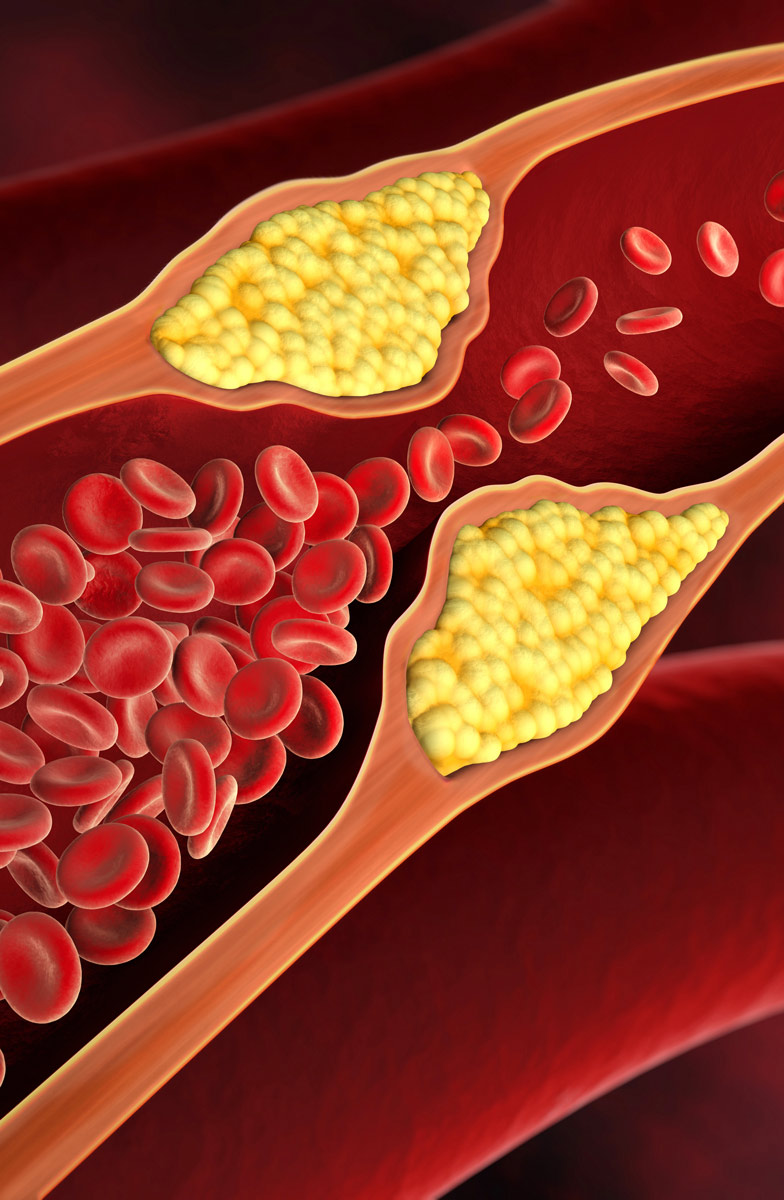Metabolic

What are Metabolic diseases?
These are disorders that affect the body’s metabolism and ability to properly break down or utilize nutrients.

Most frequent metabolic conditions we can intervene in:
Diabetes Mellitus Type 2 (Adult-onset diabetes)
Gout and hyperuricemia
Hypercholesterolemia and fatty disorders
Fatty tissue disorders, obesity and overweight
Metabolic syndrome
What is the cause?
Most metabolic disorders are caused by a genetic error (whether hereditary or not) that disrupts the synthesis of essential elements for metabolism and energy production, either through a deficiency or excess.
What is our objective?
Our goal is to regulate the altered metabolic pathways in these cases.
How can we help?
First we must make a proper diagnosis by interview, examination and accurate diagnostic techniques. diagnostic techniques, such as such as protein profile, lymphocyte typing, serology and others.
When we have all the data, we can act by favoring cellular autoregulation with different strategies: Bioimmunogenetics o Bi(G)MED, nutrition y micronutritionas well as other complementary treatments required by the specific case.

Particularities
One of the most common metabolic diseases is dyslipidemia (altered fat metabolism).
When homocysteine levels are elevated in the blood, it oxidizes cholesterol. This oxidized cholesterol irritates the vascular walls, where it combines with immune cells to form atherosclerotic plaques. Therefore, assessing the increase of homocysteine is crucial.
Adult Type 2 Diabetes is characterized by poor utilization of insulin (insulin resistance), preventing sugar from being properly used and causing it to circulate in the blood, affecting multiple organs.
We can intervene to reduce insulin resistance, improve insulin utilization, and lower blood glucose levels.
Obesity is driven by various factors, including intestinal microbiota imbalance, low-grade inflammation of fatty tissue, and hormonal alterations, among others.


